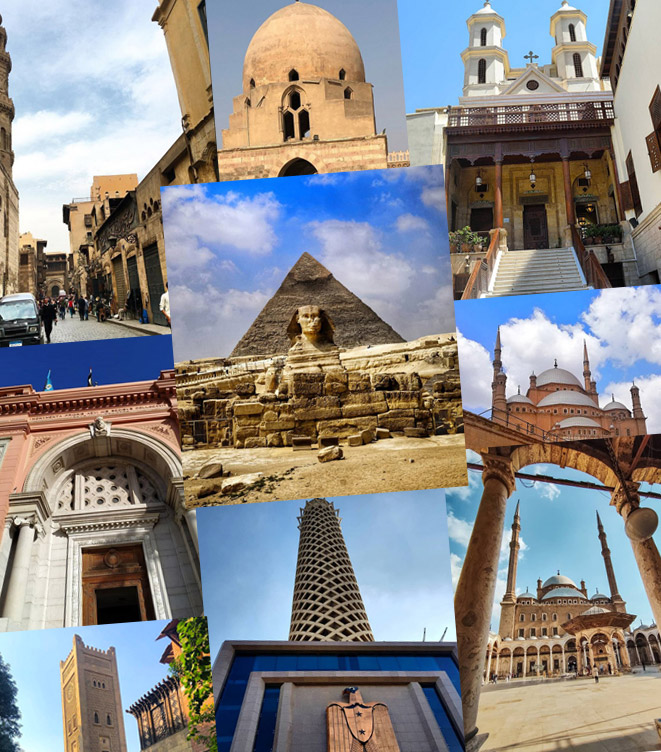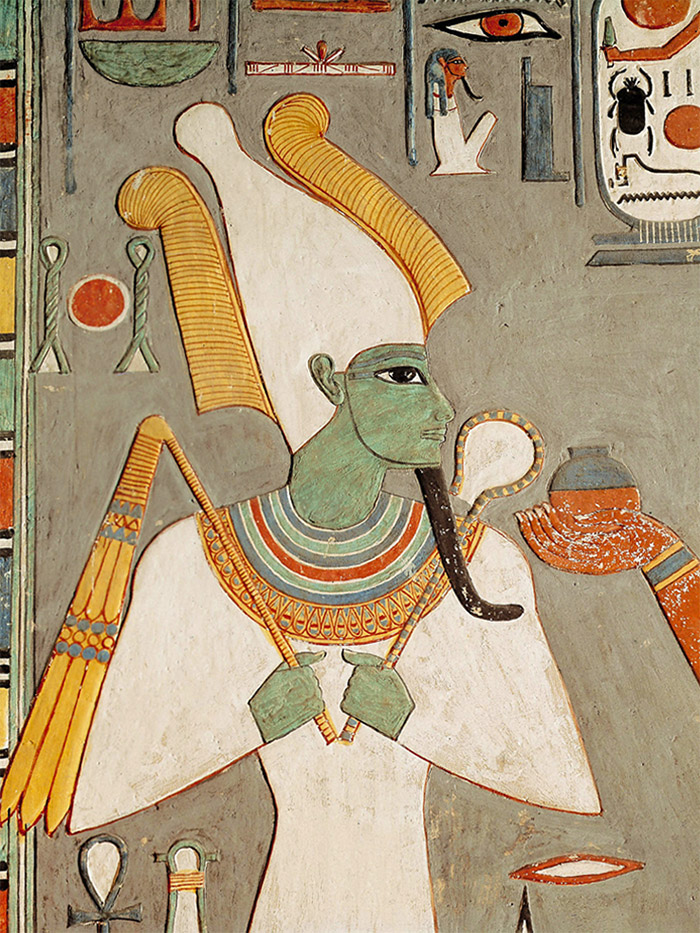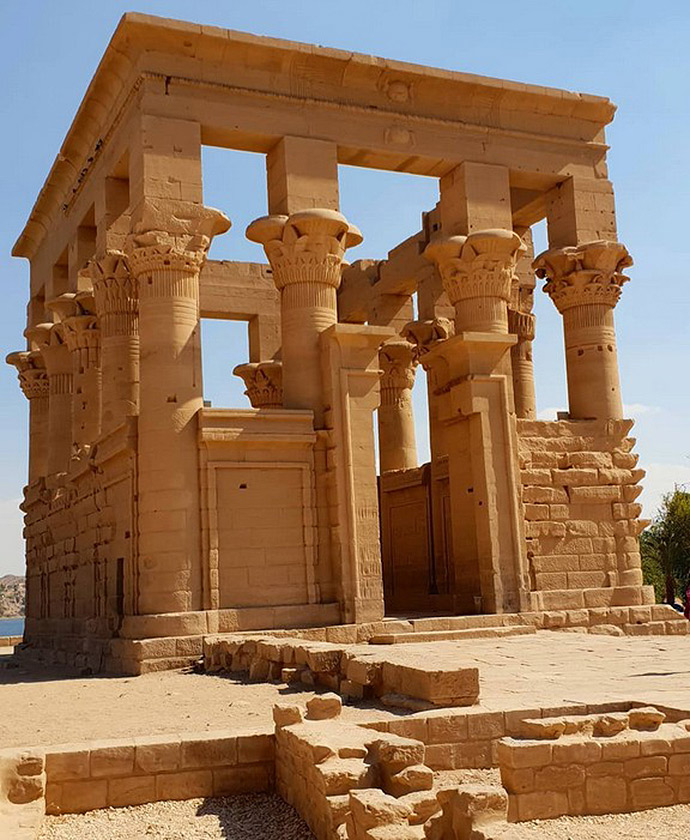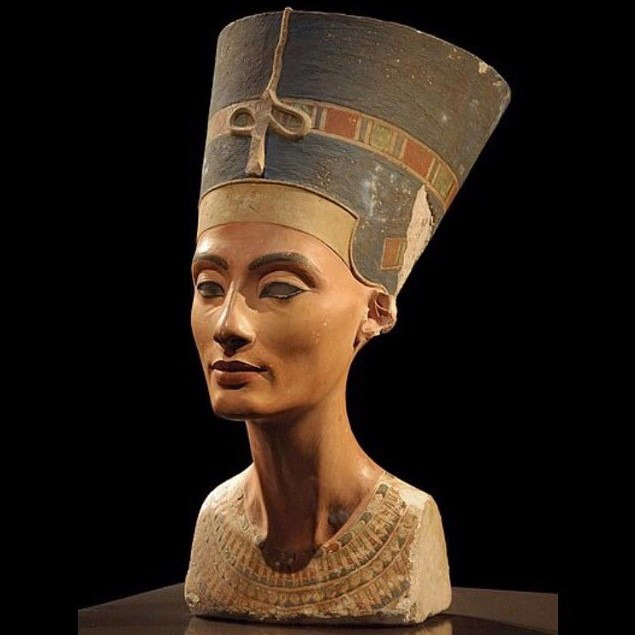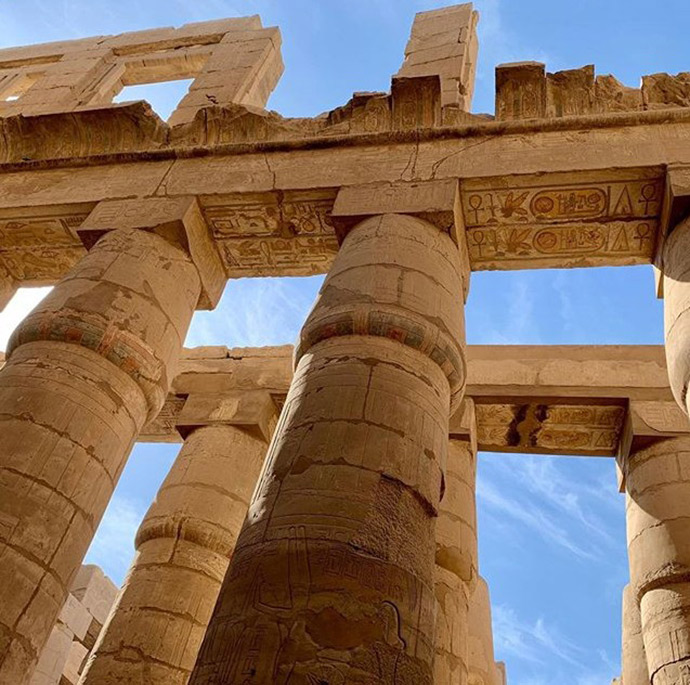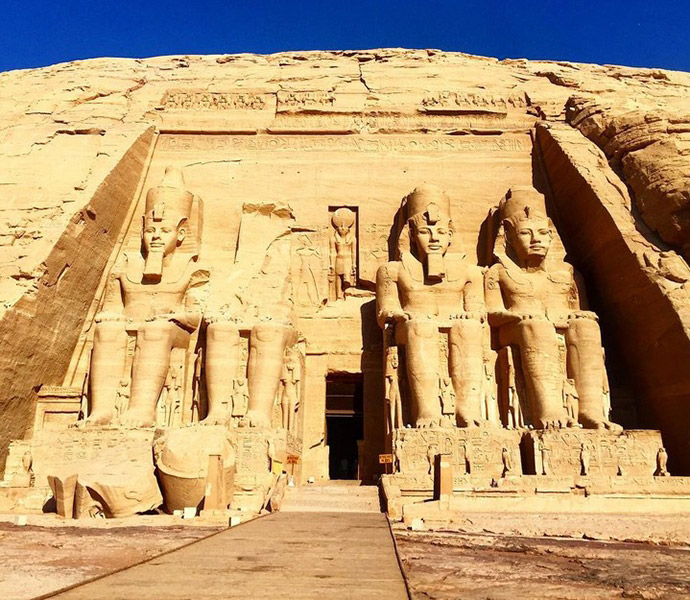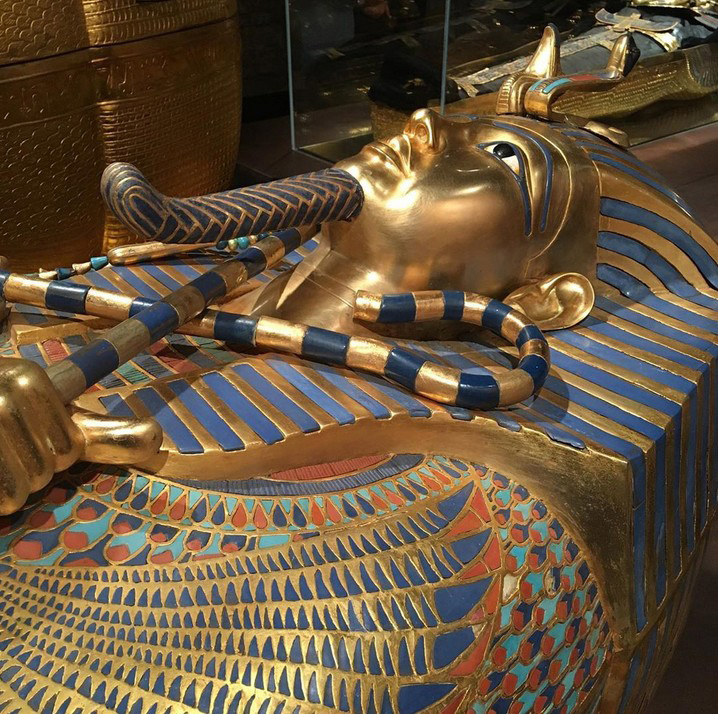
Tutankhamun was one of many ancient Egyptian pharaohs. He only became famous after his tomb was discovered in 1922 by Egyptologist Howard Carter. Before that, little was known about the young pharaoh now known as the “Boy King”.
The top 10 interesting facts about King Tutankhamun
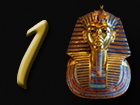 King Tut was probably born in 1341 B.C. at Amarna, Egypt. His father was the Pharaoh Akhenaten. His mother was one of his father’s sisters, and not the legendary Queen Nefertiti as many believed, she was his stepmother.
King Tut was probably born in 1341 B.C. at Amarna, Egypt. His father was the Pharaoh Akhenaten. His mother was one of his father’s sisters, and not the legendary Queen Nefertiti as many believed, she was his stepmother.
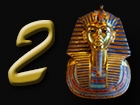 The prince was known as Tutankhaton, because his father (Akhenaten) worshipped the sun god, Aton. When Akhenaten died, the young prince became pharaoh at age nine and changed his name to Nebkheperure. Three years later he adopted the name, “Tutankhamun”, meaning, “the living image of Amun”. Amun was regarded as the king of the gods.
The prince was known as Tutankhaton, because his father (Akhenaten) worshipped the sun god, Aton. When Akhenaten died, the young prince became pharaoh at age nine and changed his name to Nebkheperure. Three years later he adopted the name, “Tutankhamun”, meaning, “the living image of Amun”. Amun was regarded as the king of the gods.
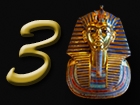 When Tutankhamun became king, he married his half-sister Ankhesenamun, daughter of Nefertiti. They had two daughters who were stillborn. The mummies of the girls were found in tiny coffins, in his tomb.
When Tutankhamun became king, he married his half-sister Ankhesenamun, daughter of Nefertiti. They had two daughters who were stillborn. The mummies of the girls were found in tiny coffins, in his tomb.
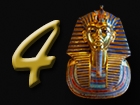 Tutankhamun ruled Egypt for only nine years between 1332 and 1323 B.C. Tutankhamun died when he was 18 years old. Research suggests his death was due to a gangrene infection caused by a broken leg, but there is also speculation that he might have been murdered by his advisor Ay, who succeeded him as pharaoh.
Tutankhamun ruled Egypt for only nine years between 1332 and 1323 B.C. Tutankhamun died when he was 18 years old. Research suggests his death was due to a gangrene infection caused by a broken leg, but there is also speculation that he might have been murdered by his advisor Ay, who succeeded him as pharaoh.
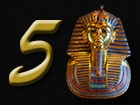
Tutankhamun did not leave an heir. As mentioned, his daughters were stillborn. This resulted in his vizier Ay, ascending the throne after his death. His widow, Ankhesenamun married Ay, when he became pharaoh, after failing to find a suitor when her husband died.
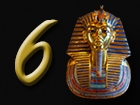 The discovery of Tutankhamun’s tomb in the Valley of the Kings by Carter led to a series of unexplained events that were blamed on the “Curse of Tutankhamun”. In one of those, Carter’s financial backer, Lord Carnarvon, died four months after the find, as a result of being bitten by a mosquito on his cheek and it became infected. What made it intriguing was that King Tut also had a mark on the same spot on his cheek.
The discovery of Tutankhamun’s tomb in the Valley of the Kings by Carter led to a series of unexplained events that were blamed on the “Curse of Tutankhamun”. In one of those, Carter’s financial backer, Lord Carnarvon, died four months after the find, as a result of being bitten by a mosquito on his cheek and it became infected. What made it intriguing was that King Tut also had a mark on the same spot on his cheek.
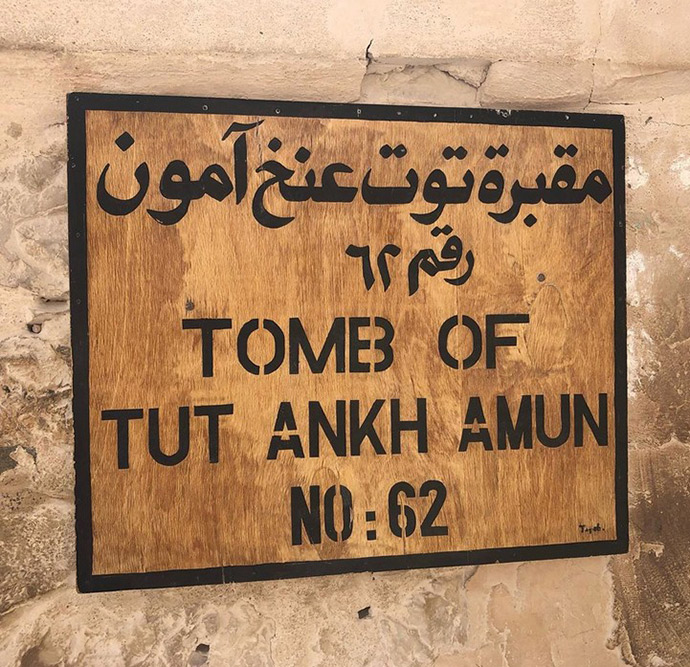
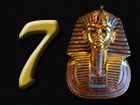 Tut’s tomb was significantly smaller than all the pharaohs’ tombs in the Valley of the Kings. This supports the belief that he was buried in someone else’s tomb because he died at a young age and his tomb was not prepared. Some scholars claim that it was the tomb of his stepmother, Queen Nefertiti as the tomb was set up for a female.
Tut’s tomb was significantly smaller than all the pharaohs’ tombs in the Valley of the Kings. This supports the belief that he was buried in someone else’s tomb because he died at a young age and his tomb was not prepared. Some scholars claim that it was the tomb of his stepmother, Queen Nefertiti as the tomb was set up for a female.
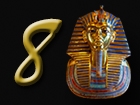 The tomb of the “Boy King” was the only one was found almost fully intact. When Egyptologists began excavating tombs in the Valley of the Kings in the 19th century, they found that all the tombs had been thoroughly looted, except that of Tutankhamun.
The tomb of the “Boy King” was the only one was found almost fully intact. When Egyptologists began excavating tombs in the Valley of the Kings in the 19th century, they found that all the tombs had been thoroughly looted, except that of Tutankhamun.
Tutankhamun’s tomb was so full that it contained over 5,000 individual items. It took Carter almost 10 years to finish recording every item found in the tomb.
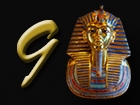 The mummy of Tutankhamun had no heart. This finding posed more questions about his death because ancient Egyptians believed in the afterlife, and at the time placed great importance on the heart during the mummification process.
The mummy of Tutankhamun had no heart. This finding posed more questions about his death because ancient Egyptians believed in the afterlife, and at the time placed great importance on the heart during the mummification process.
While many treasures were found in his tomb, its discovery raises more questions pertaining to the Boy King, Tutankhamun. Only time will tell if the answers can be found.
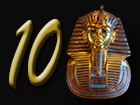 In 1925, the world-famous Tutankhamun mask was uncovered at Tutankhamun’s burial chamber at the Valley of the Kings.
In 1925, the world-famous Tutankhamun mask was uncovered at Tutankhamun’s burial chamber at the Valley of the Kings.
You can read more about the Tutankhamun mask in our other article that goes in greater depth about the mask. Click here to read the article.




